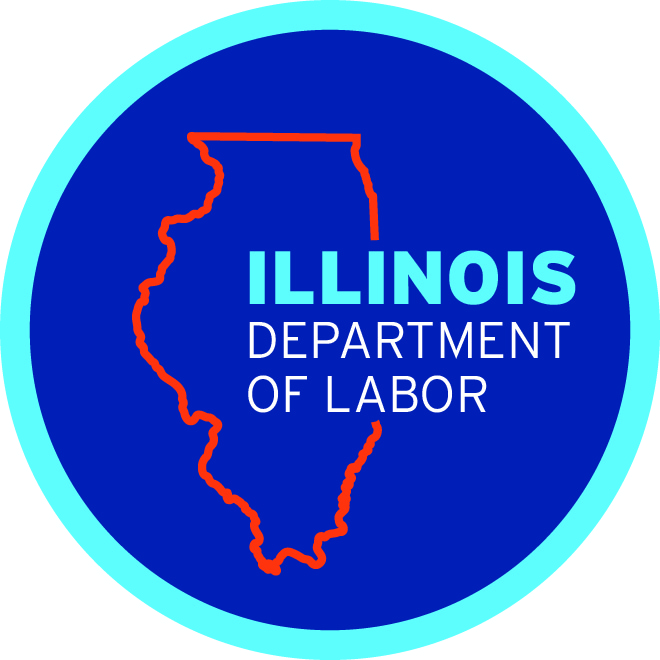Safety and Health Consultation FAQ
The Frequently Asked Questions (FAQs) provided below highlight topics and specific questions that are often asked of the Illinois Department of Labor (IDOL). The information provided in the FAQs is intended to enhance public access and understanding of IDOL laws, regulations and compliance information.
The FAQs should not be considered a substitute for the appropriate official documents (i.e. statute and/or administrative rules.) Individuals are urged to consult legal counsel of their choice. Court decisions may affect the interpretation and constitutionality of statutes. The Department cannot offer individuals legal advice or offer advisory opinions. If you need a legal opinion, we suggest you consult your own legal counsel. These FAQs are not to be considered complete and do not relieve employers from complying with applicable IDOL laws and regulations.
- 1. What does the Illinois On-Site Safety and Health Consultation service cost and who is eligible?
- 2. As an employer, must I fix all identified hazards and how is it verified?
- 3. Will a consultation survey lead to a compliance inspection?
- 4. How much will it cost to correct any identified hazards?
- 5. Can a consultant conduct on-site training sessions?
- 6. Will consultants require access to all areas during a consultation visit?
- 7. How do I prepare for a safety or health visit?
- 8. How long does it take to conduct a consultation?
- 9. How does a safety survey differ from a health survey?
- 10. How do I get started?
Consultation services are already paid for with your tax dollars and there are no additional charges. Illinois employers with 250 or less employees on site or 500 employees corporate-wide are eligible for full-service consultation. Limited services are also available to larger companies.
The employer is obligated to correct all serious hazards found by the consultant within a reasonable period of time. Extensions are granted if a hardship is identified and if the employer is providing interim protection from the hazard for employees. For regular consultation visits a statement of assurance of correction for each hazard is acceptable. For special program consultations a follow-up visit is usually conducted to verify the correction of hazards.
All information is kept confidential. The only time an employer may be referred to compliance is on the rare occasion a company refuses to correct serious hazards within a reasonable period of time, but only after Consultation has made every attempt to work with the company to eliminate the hazard.
The expense in correcting hazards is usually minor. Keep in mind, the long-term and often hidden costs of failing to correct a hazard are often much greater than the short-term costs of correction.
On-site training and education by consultants is generally informal, occurring during the process of the consultation visit, involving both the employer and the employees. Training may also be conducted when an employer requests a visit for that purpose.
As the employer, the decision is yours. Although most employers prefer a comprehensive survey, you may request a visit for specific areas or technical assistance. Also, you may alter the scope of your request or terminate the visit at any time. Our consultants can only visit your site by invitation.
After requesting a visit you will be contacted directly by a consultant. Once a visit date has been determined you should gather any safety and health information or programs (e.g. OSHA 300 Logs) that may be helpful during the visit.
The time may vary from a couple of hours to a full day, depending on the size of your facility and the scope of assistance requested. Should exposure monitoring be requested or recommended, additional days are scheduled.
Safety survey focuses primarily on fire, mechanical, electrical, material handling, and working surface safety.
Health survey focuses primarily on the possibility of exposure to potentially harmful levels of chemical and biological agents, noise, radiation, and heat.
However all conditions evaluated, hazards identified and other findings and recommendations made are limited to workers safety.
Consultation services are available upon request by filling out the On-Site Consultation Request form or by calling 1-800-972-4216.

